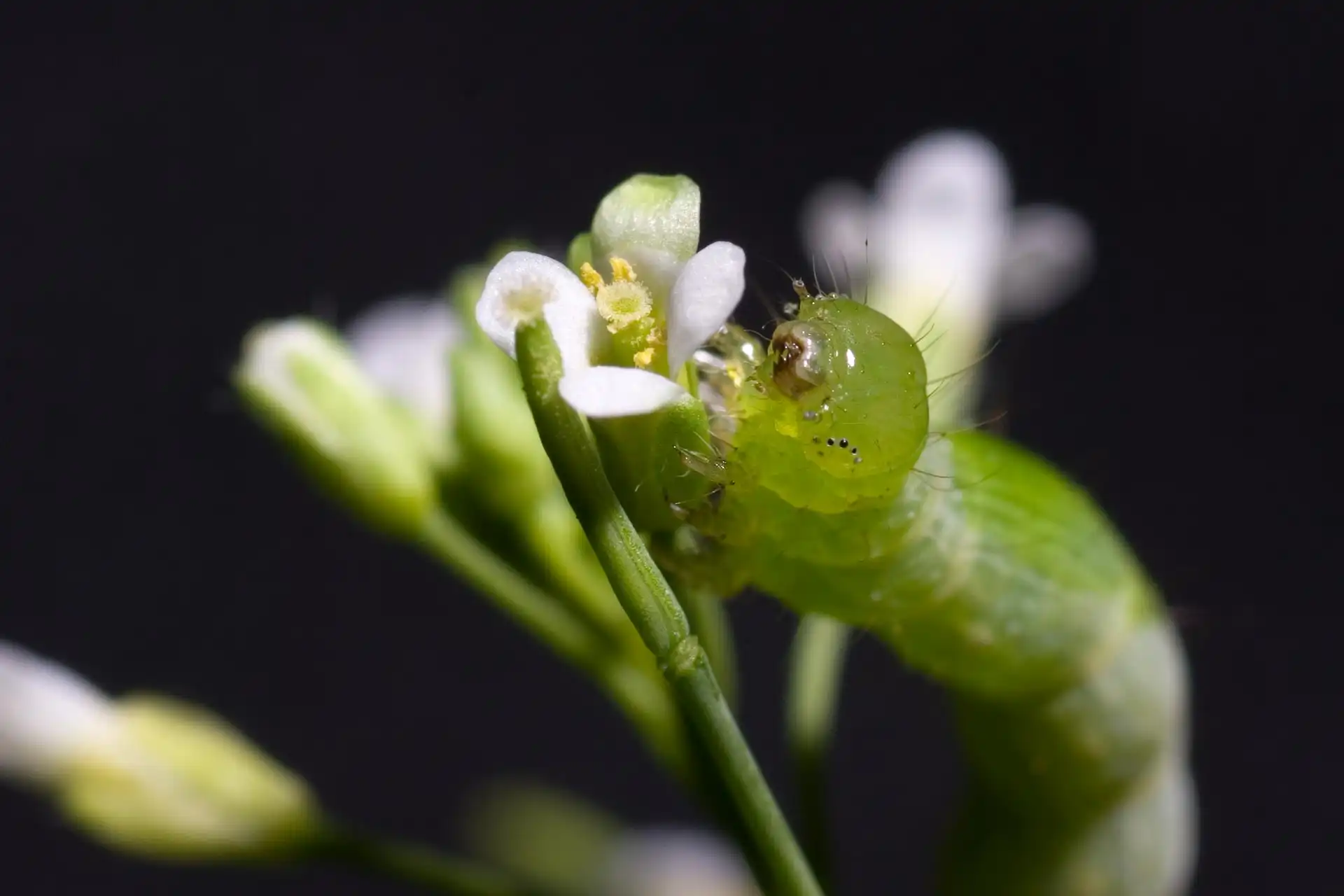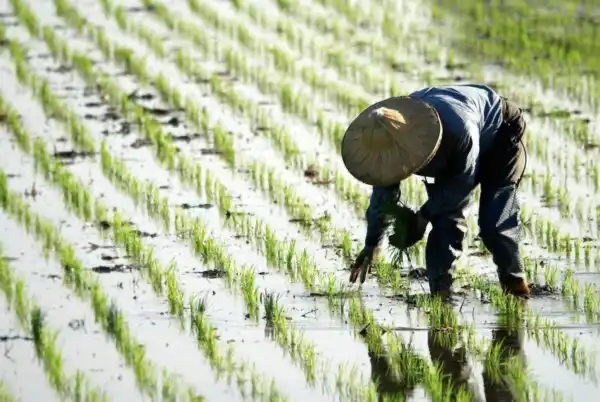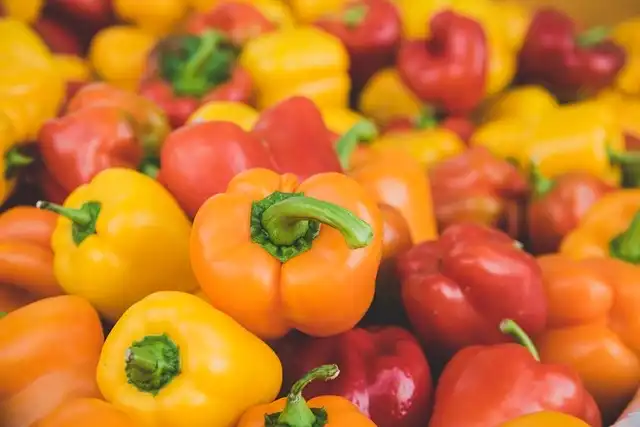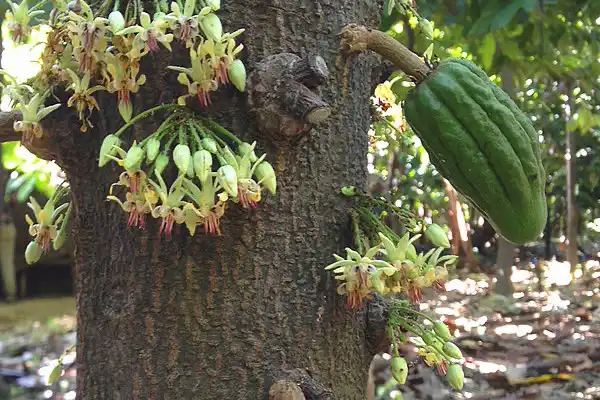
In plants, the jasmonate (JA) signaling pathway helps plants control their defense responses to environmental stresses. Like the human body, plants respond differently to individual threats. Just as people wouldn’t get a fever due to a sprained ankle, plants deal with harmful elements in particular ways. A study looks at how plants respond to environmental threats in the correct way.














